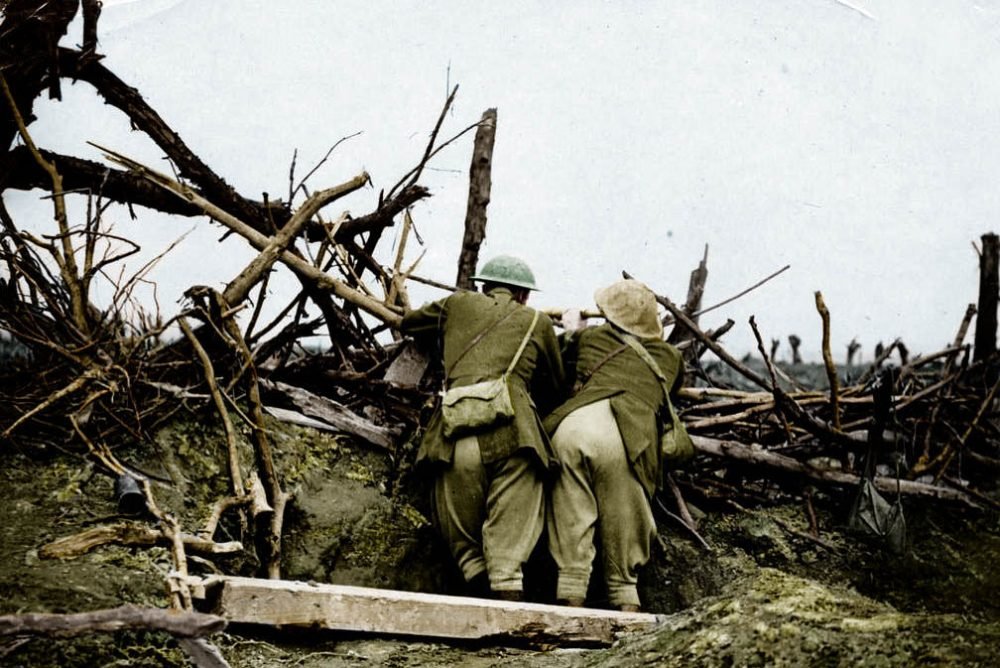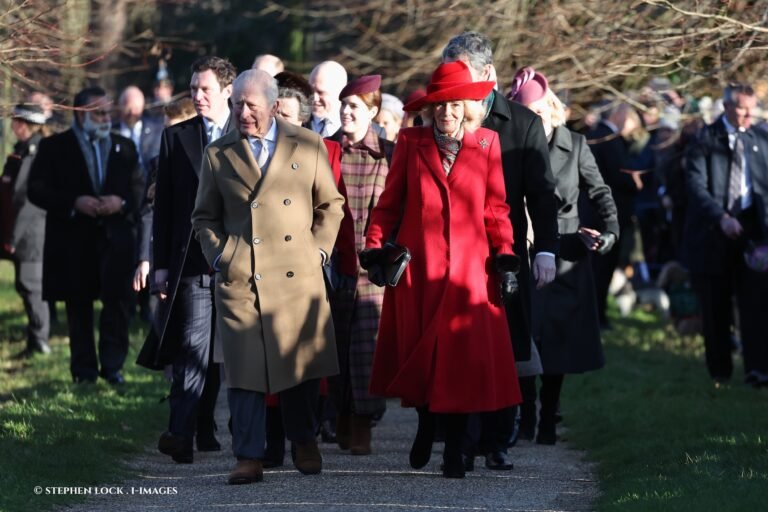It was on this day in 1916 that one of the bloodiest battles in history began: the Battle of the Somme. One of the defining events of the First World War and the largest battle on the western front, the Somme caused over a million casualties in the five months it was fought. Today marks its centenary, with commemorations beginning yesterday evening.
The facts:
Who: the British Army, with assistance from Australians, New Zealanders, Indians, Canadians, South Africans, Southern Rhodesians and Bermudan troops, and French Army.

Regular army, including cavalry, PAL battalions (taken under Kitchener’s ‘Your country needs you’ scheme) and territorial regiments made up the troops – many had not seen battle before. Truly an Empire effort on the Continent.
Where: near the River Somme in northern France, situated centrally between Calais, Paris and the Belgian border.
The Brits wanted to liberate the Belgian coastline, but a German attack and siege on Verdun meant the battleground shifted.
Aim: Part of a coordinated plan from the British and French to attack the German Army on the Western Front, while other attacks take place of the Eastern Front and the Italian front, hoping to squeeze them on all sides and push them back, to end months of deadlock on the Western Front. This would also relieve pressure on the French forces at nearby Verdun, a fortress town.
What happened at the Battle of the Somme?
Field Marshal Douglas Haig led the British troops at the conflict.
Following a week of intense bombardment with shells and explosives on the German defences, the Somme offensive was to begin at 7.30am on 1st July 1916. Whistles blew at Zero Hour and the inexperienced infantrymen went ‘over the top’ – up and out of their trenches – and across No Man’s Land over to the Germans.

Command thought the way would be relatively safe after the 250,000 shells had hit 14 miles of German defences. Haig and the commanders were so confident in the bombardment, they used a new tactic, having men moving forward together in lines, instead of the traditional myriad of movement and cover from their own riflemen. The barbed wire in the field also survived and not enough was cut by bombs, causing men to get stuck on the wire, often shot down and injured as they attempted to free themselves – essentially it was a massacre.
The first day was a serious defeat for the German Second Army, even if the losses were great for the Allies. German troops had, however, been relatively unaffected by the intense shelling from the Allies the week before: they had deep dugouts, and emerged quickly as the soldiers came across No Man’s Land, shooting them down in vast numbers: almost 57,500 men were taken casualty on the first day (over 19,000 Empire lives lost in 24 hours) – just under half those who took part – making it the worst day in the history of the British army. Most were killed within the first few minutes.
Heavy loss of life did, however, see some gains for the troops – three square miles. By November, the enemy had been forced out of its first position and back six miles. Many consider the demoralisation of the Germans at the Somme to be a key factor in the enemy’s defeat.
But the brutal offensive was not over. The Battle of the Somme continued for another 140 days, across 12 separate battles, until the winter brought fighting to a halt. Between this time, it was the aim to consolidate the territorial gains, but this quickly degenerated into a series of bloody piecemeal fights, for small villages. They eventually took six miles from the Germans.
The British and German men were ill-prepared and poorly equipped, with heavy casualty numbers of both sides – only fighting between the Germans and Russians during the Second World War saw more bloodshed.
It was at the Somme that the tank was first used, and air power came into play. Allied troops took more ground here than any other operation since the 1914 Battle of the Marne, but failed in a number of aims, including to capture Péronne and Bapaume, where troops stopped three miles outside, as the Germans resided there over winter.
The First World War was notorious for its muddy trenches, which caused all manner of problems. The poor weather made the ground water-logged, a breeding round for disease, causing Trench foot and infections in the wounded; some even drowned in the mud on the battlefield.
Haig lost the confidence of the British government following the Somme. Prime minister, Lloyd George, was public about his dislike towards Haig: “Over 400,000 of our men fell in this bullheaded fight and the slaughter amongst our young officers was appalling…Had it not been for the inexplicable stupidity of the Germans in provoking a quarrel with America and bringing that mighty people into the war against them just as they had succeeded in eliminating another powerful foe—Russia–the Somme would not have saved us from the inextricable stalemate.”
Lloyd George did nothing to remove Haig from his position as Commander-in-Chief of the Army, however, and this saw other costly failures, including the Battle of Passchendaele. Despite the distrust and undermining of his man, Haig was not replaced.







